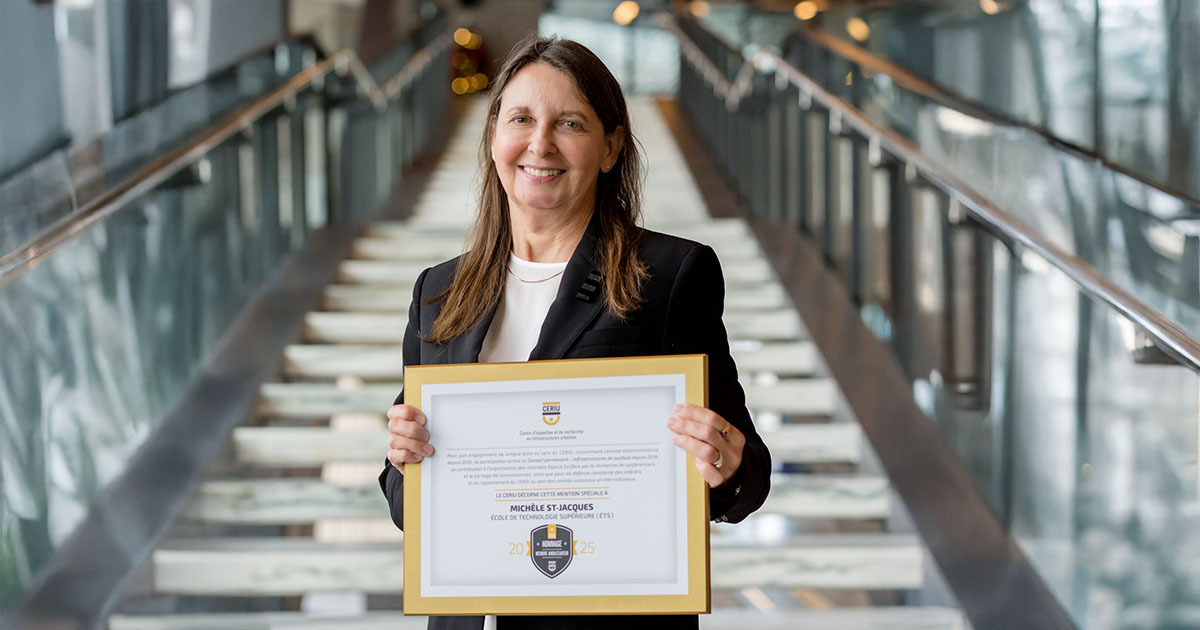
Abstract: In this work, a monolithic LTCC-MEMS microfabrication process is introduced and illustrated through the fabrication and measurement of a capacitive MEMS device. In conventional approaches, MEMS devices are fabricated using silicon, and later assembled and packaged in separate steps. This results in higher complexity and costs. Our approach is simpler and more cost-effective since it eliminates the need for these post-processing steps. Furthermore, the use of LTCC as the fabrication substrate offers the ability for higher integration. In addition to embedding various passive circuitry in the 3D body of the LTCC stack, it offers the advantages inherent to ceramic materials, namely their resistance to high temperatures and harsh environmental conditions.
MEMS: Tiny Devices Found Everywhere
Microelectromechanical Systems (MEMS) is part of the microelectronics domain that combines electronics and mechanics. MEMS are tiny movable or fixed devices, in orders of a few to hundreds of microns. These devices are typically fabricated using different technologies and tools through microfabrication processes. The first MEMS devices were introduced more than 50 years ago. They consisted of movable cantilevers, with dimensions in the tens to hundreds of micrometers, used for tuning optical data transmission circuits.
Today, MEMS devices are widely used in a variety of sectors. For example, they are used as sensors in airbags, for autofocus and stabilization of cameras in cellphones, as microfluidic devices for biomedical applications, and much more [1-3]. Over the past couple of decades, the large majority of MEMS devices have been made using semiconductor fabrication processes, with silicon and polysilicon as base materials. Depending on the application, materials like aluminum, gold, silicon nitride and aluminum nitride were also used. Because MEMS devices are fragile and delicate, they need to be packaged and assembled carefully onto the proper circuits. These post-fabrication steps add complexity and significant cost that can limit the use of MEMS devices.
Low-Temperature Co-Fired Ceramics
In harsh environments, such as high-temperature conditions or contact with corrosive chemicals, silicon or plastic packaging is not adequate. Under these conditions alternate materials like ceramics are used to integrate the silicon-based MEMS devices in a heterogenous process. There are several works demonstrating embedding MEMS devices in ceramic packages for harsh environments [4]. One of these ceramic options consists of using Low Temperature Co-Fired Ceramics (LTCC), a multi-layer process suitable for packaging. It also has the ability to embed several circuit elements, like RF and DC lines, and lumped element capacitors, resistors and inductors [5, 6]. LTCC is fabricated through stacking and sintering individual green ceramic sheets. Each sheet has its own metallization pattern and metal-filled vias for vertical connections, resulting in 3D functional substrates.
Proposed Monolithic LTCC-MEMS Process
To take advantage of LTCC’s suitability for packaging and its ability to integrate passive circuity in 3D—while eliminating the need for post-MEMS fabrication steps (e.g., wire bonding, flip chip assembly, etc.)—a monolithic MEMS on LTCC process is proposed (Fig. 1). This process combines a conventional LTCC fabrication phase, followed by an adapted MEMS fabrication on top of the LTCC circuit in a continuous process. To accomplish this, we leveraged the LTCC@ÉTS laboratory facilities. There, we used a commercial grade LTCC process in a class 10000 clean room for the LTCC fabrication phase. We also used a surface microfabrication process in an adjacent class 1000 clean room for the MEMS fabrication (Fig. 2). However, there are two critical challenges arising from the nature of the LTCC fabrication. If not addressed, they would make it impossible to fabricate monolithically MEMS devices on LTCC substrates. First, the surface of the sintered LTCC substrate has roughness and waviness to the order of several micrometers, while MEMS fabrication requires a smooth surface finish with roughness to the order of ten nanometers. Second, during the sintering phase of LTCC fabrication, the substrate undergoes shrinkage in all directions. This shrinkage tends to be non-uniform throughout the substate. This results in distortions to the order of tens of microns on the surface vias which serve to connect the MEMS devices to the inner LTCC circuitry (Fig. 1a, top layer). Such distortions create complete misalignments between the substrate and the MEMS devices.

The proposed process, as illustrated in Fig. 2 and detailed in [7], addresses the first issue. It uses a custom polishing process with a chemical mechanical polishing (CMP) machine able to reduce the LTCC surface roughness to less than 5 nanometers. To address the second issue, a precise rescaling and realignment of the MEMS fabrication masks is carried out using captured images of the polished LTCC surface metallization.

Once these two issues are addressed, MEMS fabrication proceeds using conventional microfabrication steps. This developed process was applied to the design and fabrication of a capacitive MEMS switch for RF applications (Fig. 3).

The measured results for the fabricated switch are shown in Fig. 4.

These results are on par with those of similar switches fabricated using other approaches. The developed process is cost-effective and available for all applications requiring MEMS devices which can be fabricated using surface micromachining techniques. Extending this process to bulk to micromachine for microfluidic applications is feasible.
References:
[1] G. M. Rebeiz, “RF MEMS Theory, Design, and Technology”. New York. Wiley, 2003.
[2] G. Pillai and S. -S. Li, "Piezoelectric MEMS Resonators: A Review," in IEEE Sensors Journal, vol. 21, no. 11, pp. 12589-12605, 1 June1, 2021, doi: 10.1109/JSEN.2020.3039052.
[3] L. -Y. Ma, N. Soin, M. H. Mohd Daut and S. F. Wan Muhamad Hatta, "Comprehensive Study on RF-MEMS Switches Used for 5G Scenario," in IEEE Access, vol. 7, pp. 107506-107522, 2019, doi: 10.1109/ACCESS.2019.2932800.
[4] Ceramic Film Packaging for 2-D Thermal Wind Sensor Using LTCC Technology," in Journal of Microelectromechanical Systems, vol. 28, no. 6, pp. 1080-1087, Dec. 2019, doi: 10.1109/JMEMS.2019.2941024.
[5] F. Foglia Manzillo et al., "A Multilayer LTCC Solution for Integrating 5G Access Point Antenna Modules," in IEEE Transactions on Microwave Theory and Techniques, vol. 64, no. 7, pp. 2272-2283, July 2016, doi: 10.1109/TMTT.2016.2574313.
[6] M. F. Shafique, D. P. Steenson and I. D. Robertson, "Fabrication of Microstructures in LTCC Technology Using Selective Laser Ablation," in IEEE Transactions on Components, Packaging and Manufacturing Technology, vol. 5, no. 6, pp. 845-851, June 2015, doi: 10.1109/TCPMT.2015.2426720.
[7] Fallahnia, E., & Kouki, A. B. (2023). A Monolithic LTCC-MEMS Microfabrication Process. Journal of Microelectromechanical Systems, 32(6), 612–621. https://doi.org/10.1109/Jmems.....



